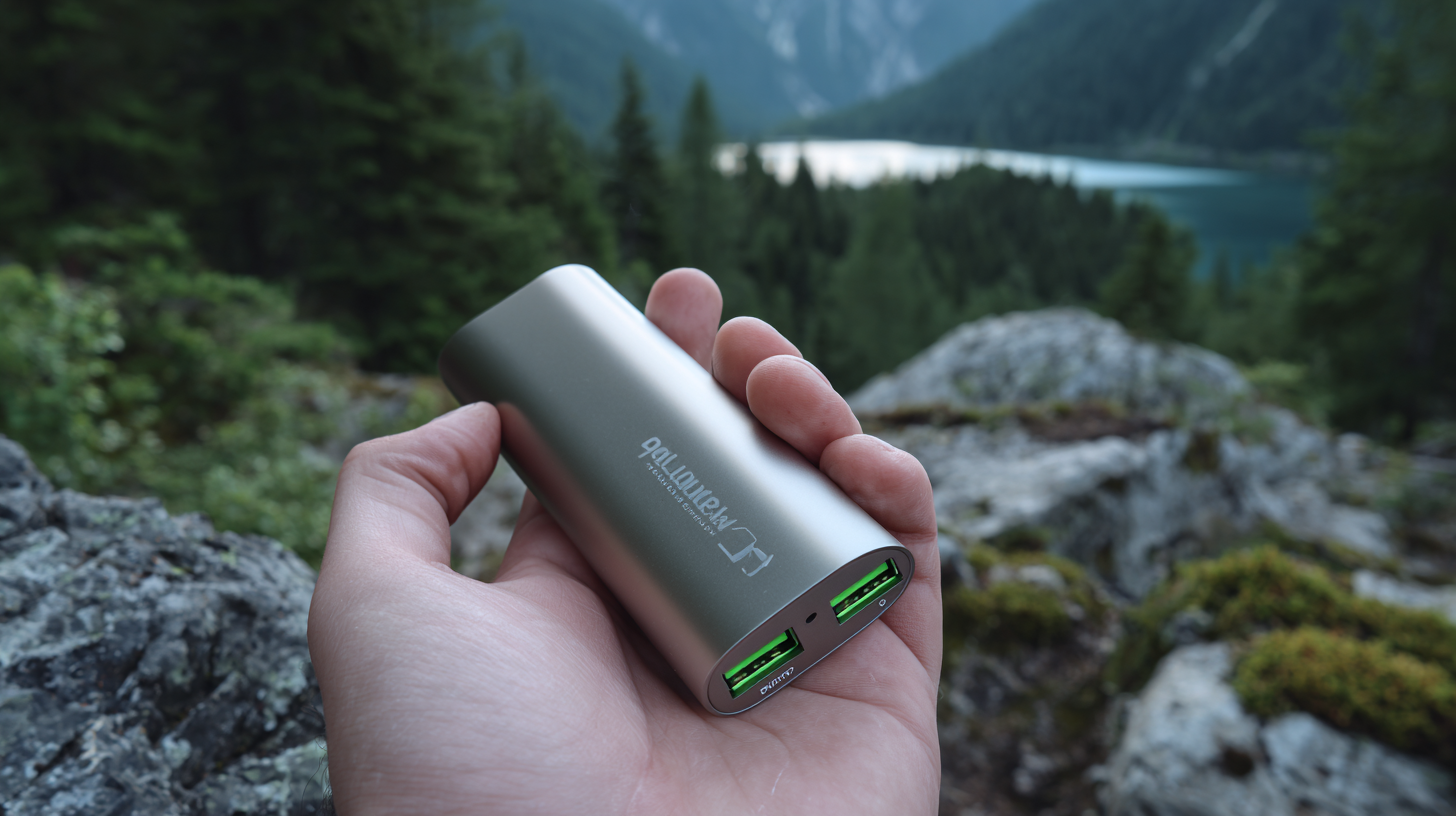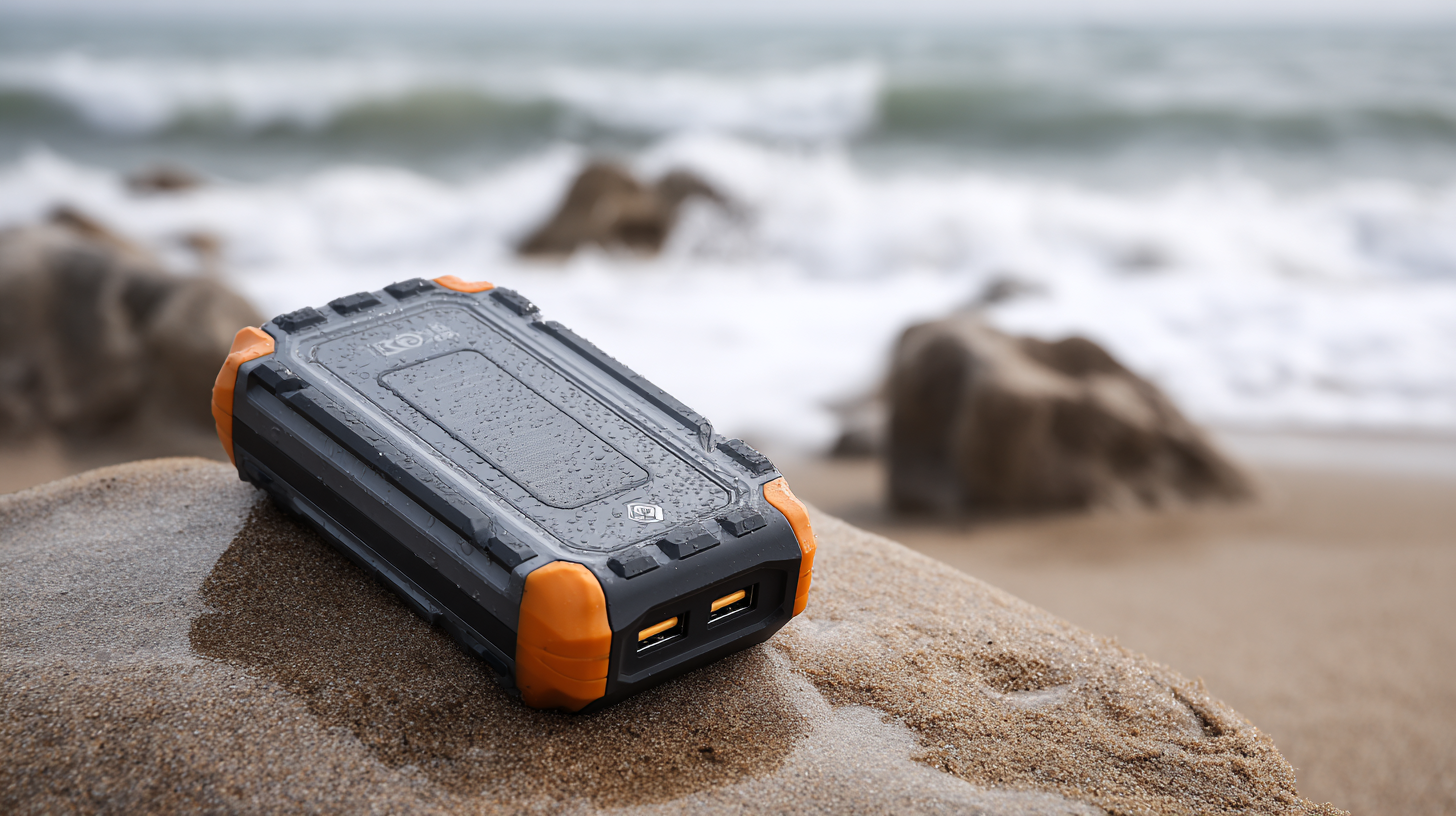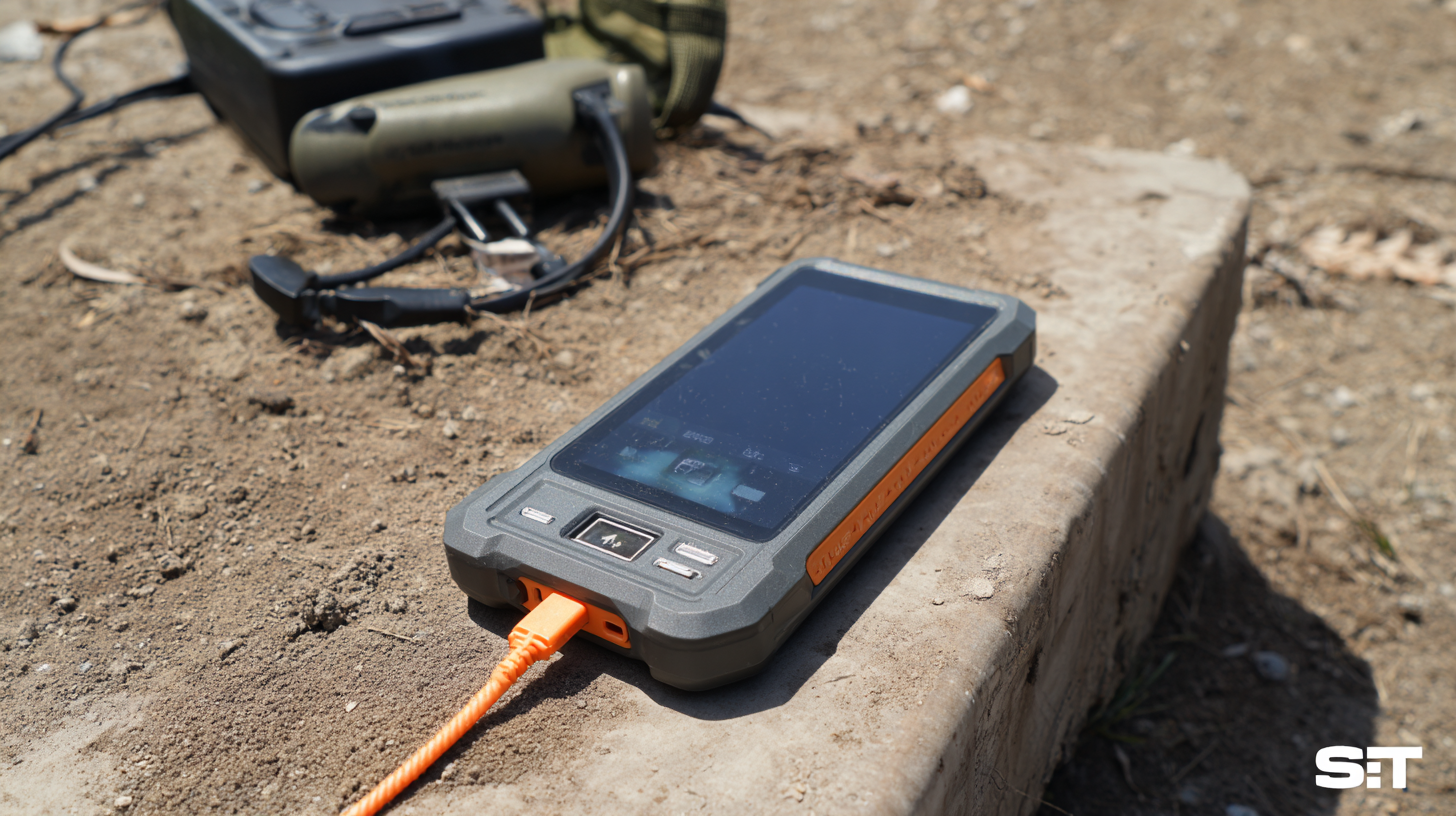
Understanding Industry Standards for the Best Outdoor Power Bank Performance
In recent years, the demand for Outdoor Power Banks has surged, driven by the growing reliance on portable electronics during outdoor activities and emergencies. According to a report by Grand View Research, the global portable power bank market is expected to reach $25.16 billion by 2025, reflecting a compound annual growth rate (CAGR) of 19.2%. This rapid growth underscores the importance of understanding industry standards to ensure optimal performance, safety, and reliability of Outdoor Power Banks. However, common problems such as insufficient capacity, inadequate charging speeds, and poor build quality continue to plague many available models. Addressing these challenges requires a closer look at the best practices and real-world applications within the industry, enabling consumers to make informed choices and manufacturers to improve their products.

Key Features to Consider for Outdoor Power Banks
When choosing an outdoor power bank, several key features can significantly impact performance and reliability under rugged conditions. First and foremost, battery capacity is crucial; look for power banks with a capacity of at least 20,000mAh to ensure you have enough power for multiple devices. A higher capacity not only extends the running time but also provides the ability to charge multiple gadgets simultaneously, which is essential during lengthy outdoor activities.
Another important feature is durability. Outdoor adventures often come with environmental challenges, so selecting a power bank that is water-resistant, dustproof, and shockproof is vital. Look for units rated with IP67 or IP68 to withstand harsh weather conditions and rugged handling. Additionally, weight and portability are important considerations. A compact and lightweight design allows for easier transport without compromising on capacity, making it perfect for hiking or camping expeditions. Moreover, built-in features like solar charging capability can be an added advantage, enabling users to harness renewable energy while on the go.

Essential Safety Standards for Outdoor Power Bank Usage
When choosing an outdoor power bank, it’s crucial to consider essential safety standards that ensure reliable and secure usage. According to a report by the International Electrotechnical Commission (IEC), power banks must meet specific safety requirements, such as over-voltage protection, short-circuit protection, and thermal management protocols. Failing to adhere to these can not only lead to device failure but also pose safety risks, including the potential for overheating or fires.
To maximize the safety of your outdoor power bank, look for products certified by industry standards such as CE, UL, or FCC. These certifications confirm that the device has undergone rigorous testing for safety and reliability. Remember that outdoor conditions can be unpredictable, so opt for power banks with weather resistance ratings (e.g., IP67) to protect against dust and water exposure.
**Tips:**
1. Always check the manufacturer's specifications for safety certifications before making a purchase.
2. Regularly inspect your power bank for any signs of wear or damage, especially after extensive outdoor use.
3. When charging, avoid exposing your power bank to extreme temperatures, which can compromise its safety features and lifespan.
Durability and Weather Resistance: A Must for Outdoor Gear
When choosing an outdoor power bank, durability and weather resistance are not just nice-to-have features; they are essential for ensuring reliable performance in challenging conditions. According to a report by the Consumer Electronics Association, nearly 30% of outdoor enthusiasts have experienced equipment failure due to environmental factors. This statistic highlights the critical need for gear that can withstand harsh environments, including extreme temperatures, moisture, and impacts.
To thrive in the great outdoors, a power bank should typically meet IP67 or higher ratings, indicating that it is both dust-tight and can withstand immersion in water up to one meter for 30 minutes. The Outdoor Industry Association emphasizes that products designed with rugged materials—such as reinforced casings and impact-resistant designs—can significantly enhance lifespan and usability. For instance, a study revealed that outdoor gear with reinforced durability could last up to three times longer under harsh conditions compared to standard models. This data underscores the importance of investing in robust outdoor power banks, underscoring durability and weather resistance as paramount for performance, reliability, and long-term value.
Battery Capacity: How Much Power Do You Really Need?
When selecting an outdoor power bank, understanding battery capacity is crucial to ensure you have sufficient power for your devices. Most outdoor power banks on the market today have capacities ranging from 10,000mAh to as high as 30,000mAh. According to a recent report by Energy Storage Association, a 20,000mAh power bank can charge most smartphones up to 6-8 times, which is ideal for extended trips or adventures. Knowing your charging needs creates a clearer picture of how much capacity to look for in a power bank.

Moreover, efficiency plays a pivotal role in the overall performance of any outdoor power bank. The typical efficiency rate for solid power banks is around 70-90%. This means that if you have a 20,000mAh power bank, you can realistically expect about 14,000 to 18,000mAh of usable charge. As per data from the Battery University, users should also consider the power bank output—usually denoted in volts and amperes—ensuring it’s sufficient for fast charging tablets or high-capacity devices. Thus, before purchasing, assess both your device's battery needs and the power bank’s specifications to find the perfect match for your outdoor excursions.
Understanding Charging Speed Ratings for Optimal Performance
When it comes to outdoor power banks, understanding charging speed ratings is essential for ensuring optimal performance in various environments. Charging speed, measured in watts (W), defines how quickly a power bank can charge devices. A higher wattage rating means faster charging, which is particularly crucial when you're relying on your devices for navigation, communication, or emergency situations. Pay attention to both input and output specifications; a power bank with a high output rating will charge your devices quickly, while a compatible input rating ensures the power bank itself can recharge in a timely manner.
Tips: Always check the compatibility of your devices with the power bank's charging ratings. For instance, if your device supports fast charging, using a power bank that offers enhanced charging speeds will optimize the experience. Additionally, consider your typical outdoor activity duration when choosing a power bank; more extended expeditions may require models with higher capacities and quicker charging capabilities to ensure you don’t run out of power when you need it most.
Another critical aspect to consider is the power bank's port type. USB-C ports often provide faster charging speeds compared to traditional USB-A ports. Tips: Invest in a power bank that features multiple output options, including USB-C, to maximize versatility while traveling. This flexibility allows for charging multiple devices at once while still maintaining efficiency, enhancing your overall outdoor experience.
